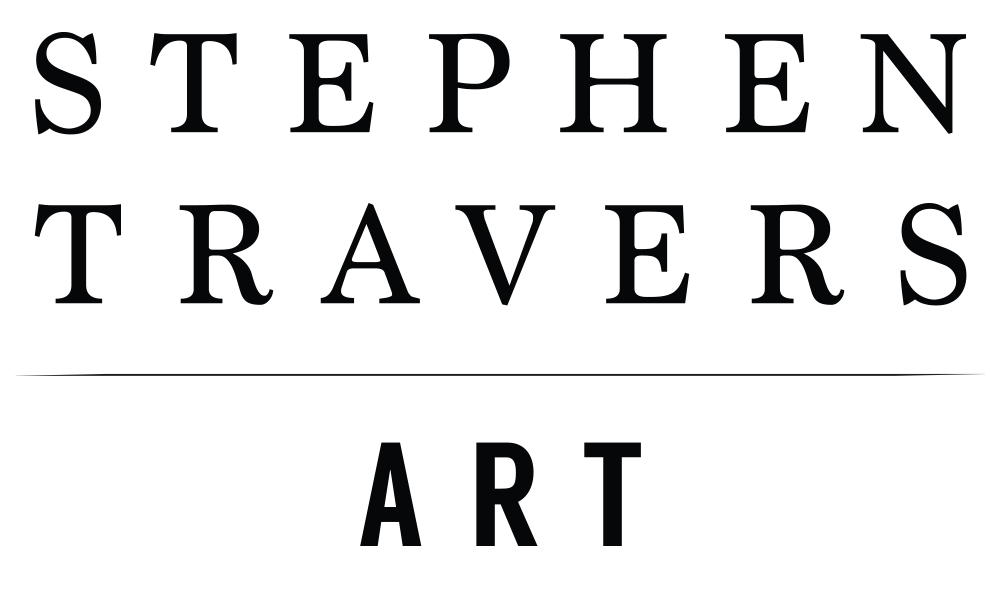Negative Space
As I mentioned at the end of Blog #1, negative space is the space between objects.
It’s easy to focus just on the positive spaces – the objects we’re drawing - but the in-between spaces are often more helpful to us when we draw. They have exactly the same shape as the positive space, but if we use them to copy we are forced to observe much more carefully.
I have attached two images of a sketch of the Grand Palais. The second shows a close up of the statue of the horse’s rearing front legs. I was dreading that section of the sketch as I struggle drawing horses. (Of course, the idea that some subjects are too hard for us is nonsense. While some subjects may be more complex, the principles of drawing are the same for every subject. The problem is in our head, not our art – maybe another blog).
So I deliberately chose to use only negative space. It wasn’t a horse I told myself, it was a dark hedge making shapes and so I copied the shapes – especially that triangular wedge between the horses legs. I kept adjusting the shapes until they matched the shapes in the photo, and when I had finished suddenly horse’s legs had appeared without trying to draw horse’s legs! Does this make sense? I now use negative space for all statue groupings within pediments (the large triangular shape usually above a row of columns at the front of a building). I draw the shapes between the (often crowded) statues – shapes which are often in shadow – and the statues just appear without any effort. If I try and draw the statues, I always make them too big. Give it a go.
This works the same with any subject. It is even more straightforward with buildings. Don’t look at the building – find the shapes – the square, triangles, parallelograms, etc., - and make sure those shapes have the same proportions and angles in your drawing. It is careful observation before you draw. Use the shapes between the objects to help you disconnect your preconceptions of what you think the buildings look like, to observe what how they really are. If two buildings create a narrow triangular wedge between them against the sky, draw that wedge shape rather than drawing the buildings.
I really enjoy the principles of perspective (and every urban sketcher should try to understand them), but if we draw what we see we don’t even have to understand them for our drawing to be perfect!
Why not try some negative space drawing!
(If it works for you, let me know via DM on Instagram)
© Stephen Travers 2019
Grand Palais sketch with equestrian statue drawn by negative space.


